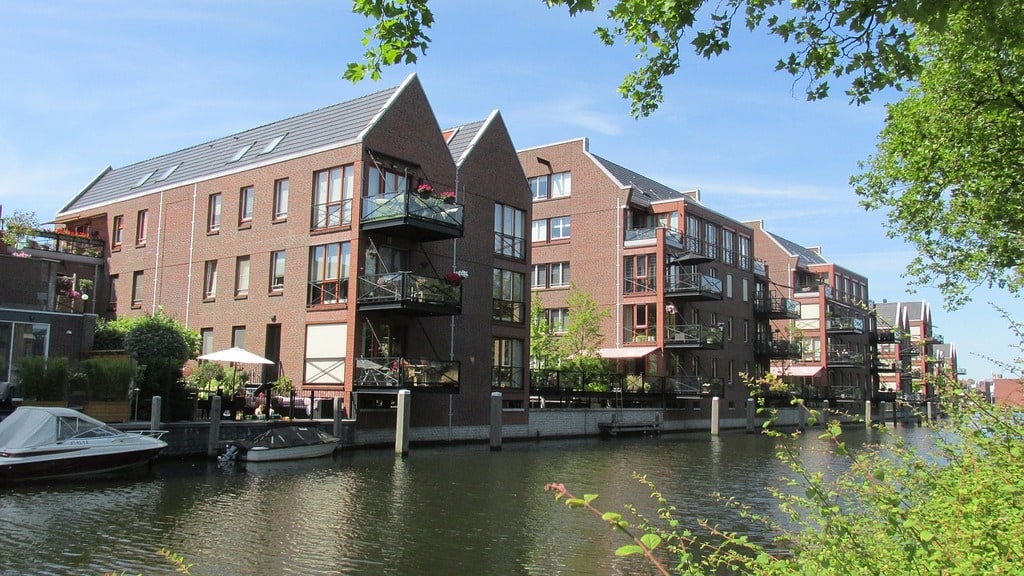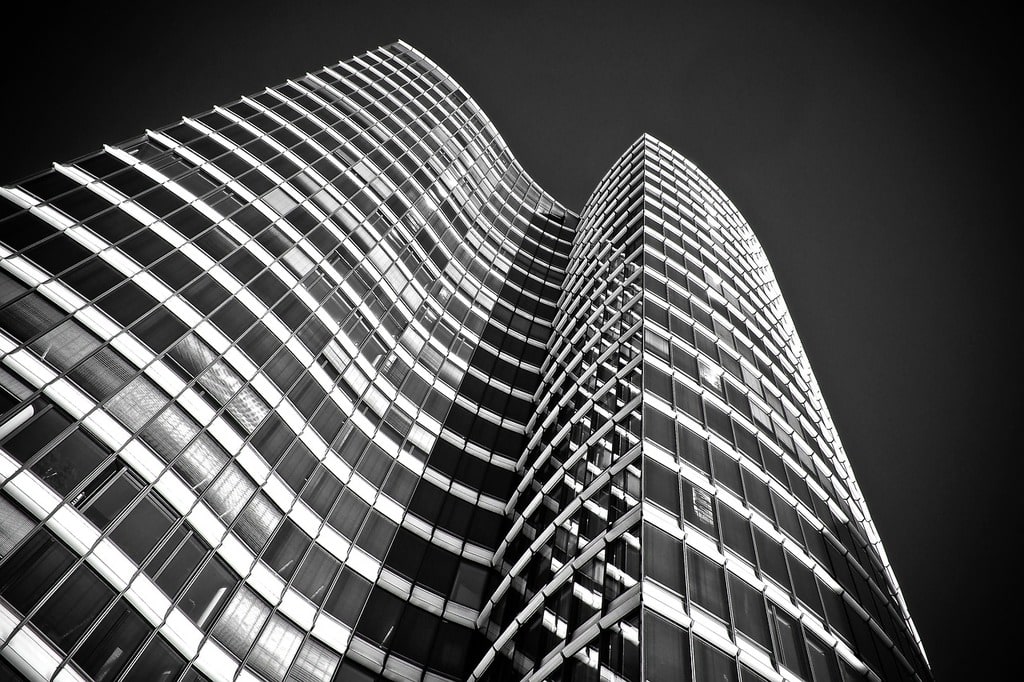Contemporary style, in its essence, represents an approach to design that resonates with simplicity, functionality, and a subtle sophistication. It draws from the dynamic present, characterized by clean lines, open spaces, and an understated elegance that allows each element within a space to breathe. Unlike styles with specific historical ties, contemporary design is free from any strict rules, adapting itself to the current trends while celebrating comfort and harmony. This makes contemporary spaces feel both grounded and progressive, evolving fluidly with modern lifestyles.
Understanding the core of contemporary design
At the heart of contemporary style lies a minimalist approach, focusing on simplicity without sacrificing depth. The primary emphasis is on neutral tones and clean lines, yet this simplicity is far from monotonous. By using a carefully curated palette of colors and textures, contemporary spaces achieve an effortless sophistication. Shades of white, beige, gray, and black typically form the base, allowing more vibrant or unique design elements to stand out without overwhelming the space.
Contemporary design values open layouts and unobstructed flow between areas. This layout concept not only maximizes space but also promotes a sense of freedom and ease. Unlike traditional designs, which might separate rooms or functions rigidly, contemporary style creates continuity, allowing light to travel freely and creating a seamless connection between spaces. This openness fosters a sense of balance and a warm, inviting environment.

The role of materials and textures in contemporary style
Materials play a key role in defining the aesthetic and feel of a contemporary space. Wood, glass, metal, and stone are staples in contemporary design, each adding a different element of texture and warmth. For example, natural wood accents can bring warmth and organic texture, while metal or glass elements contribute sleekness and a modern edge. Textures are crucial as they provide depth and interest to the minimalist color palette, creating a space that is simple yet layered.
Textural contrast is particularly impactful, as it highlights the interplay of surfaces within the design. For instance, combining a polished stone countertop with a matte wood cabinet or placing a plush rug on a sleek tile floor creates a dynamic contrast that makes the space visually engaging. Texture, when used thoughtfully, can transform a minimalist space into something inviting and tactile.
Creating harmony through furniture and decor
Furniture and decor choices in contemporary spaces are intentional, often with a focus on simplicity and functionality. The forms are generally clean and uncluttered, with a preference for pieces that are both beautiful and purposeful. Furniture pieces are often low-profile, which contributes to an open and airy feel. Strong shapes, such as geometric forms, add an architectural quality to the space, making each item feel like part of a cohesive whole.
Decor is kept to a minimum, with a few bold pieces serving as focal points rather than many smaller items. Artworks, statement light fixtures, or a unique piece of furniture can serve as centerpieces, drawing the eye and adding personality to the room. Decorative elements are often understated, using items like abstract artwork, sculptural elements, or plants to add character without overwhelming the space. The balance between simplicity and style creates a harmonious environment that is both peaceful and visually pleasing.
Lighting as a defining feature of contemporary spaces
Lighting is essential in contemporary design, shaping the mood and defining the ambiance of a space. Natural light is prioritized, with large windows, open floor plans, and minimal barriers allowing sunlight to fill the space. Artificial lighting, meanwhile, is carefully chosen to highlight specific areas and create depth. Recessed lighting, track lights, and strategically placed floor lamps provide layers of illumination, adding dimension without compromising the minimalist aesthetic.
An effective lighting plan considers both function and aesthetics. Accent lighting, such as wall sconces or pendant lights, can highlight architectural features or artworks, adding a layer of sophistication. Statement light fixtures also play a crucial role in contemporary spaces, acting as both a functional and artistic element. These fixtures, often in metal or glass, add character and provide an eye-catching contrast to the otherwise simple surroundings.
To create a comprehensive lighting design, consider a mix of ambient, task, and accent lighting. This layered approach ensures each area serves its intended purpose while maintaining an inviting atmosphere throughout the day.
Key principles of contemporary style to consider
To fully grasp the essence of contemporary style, certain principles should be kept in mind. Here are some of the main elements that contribute to a successful contemporary space :
- Minimalist color palette: use neutral tones, with accents of color to add personality and vibrancy without overwhelming the senses.
- Unobstructed flow: prioritize open spaces and continuity to create a sense of freedom and ease.
- Texture and contrast: use a variety of materials and textures to add depth and interest.
- Intentional furniture choices: select pieces that are both functional and stylish, with an emphasis on clean lines.
- Effective lighting: balance natural and artificial lighting to enhance the ambiance and highlight key areas.
These principles, when combined thoughtfully, create spaces that are not only visually appealing but also functional and inviting.
Adaptability and evolution in contemporary design
One of the unique characteristics of contemporary style is its adaptability. As trends and tastes shift, contemporary design seamlessly incorporates new elements, ensuring that spaces remain fresh and relevant. Unlike styles that are bound to a particular era, contemporary design evolves with each passing year, allowing spaces to remain reflective of the current moment while still retaining their timeless appeal.
This adaptability means that contemporary style can include a wide range of influences, from industrial and Scandinavian elements to eco-friendly and sustainable materials. This flexibility keeps contemporary spaces relevant and engaging, blending modern aesthetics with timeless functionality. It is through this harmony of elements that contemporary design achieves its enduring popularity, appealing to those who value both beauty and practicality.
